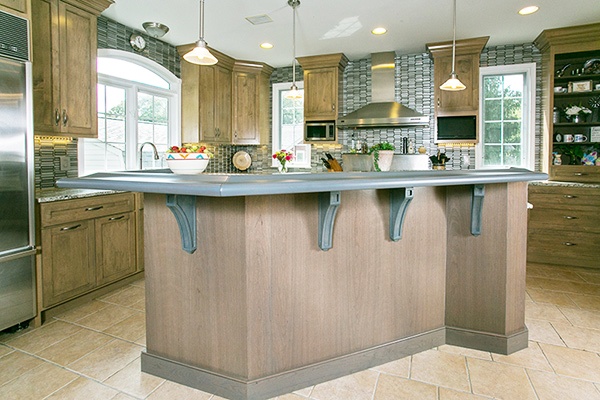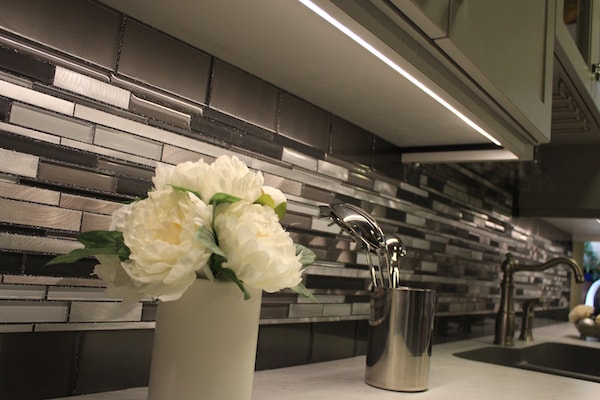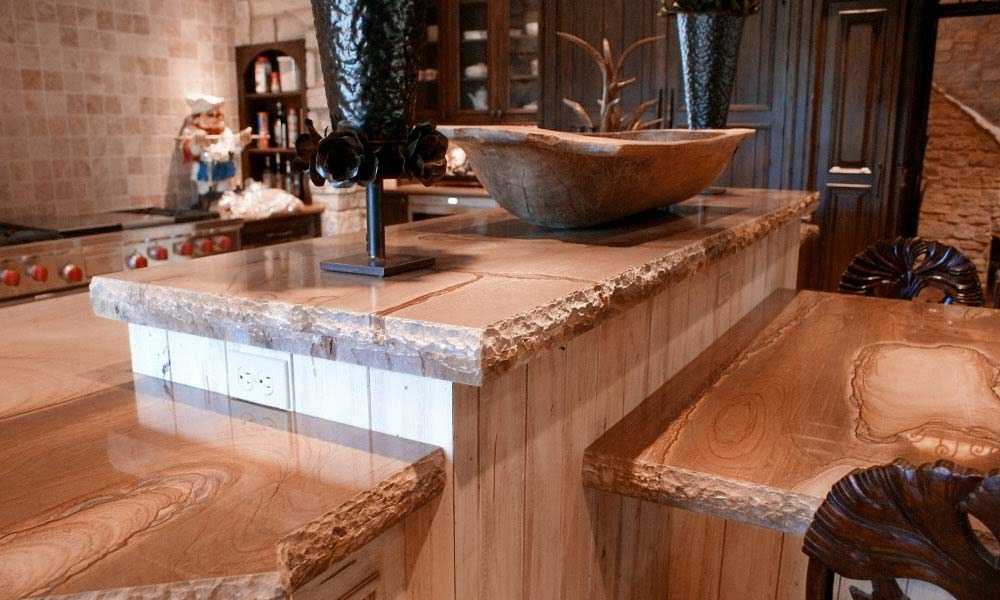Your kitchen is the heart of your home, and proper lighting is essential to make it functional and beautiful. The right lighting can transform your kitchen into a warm and welcoming space, while the wrong lighting can make it feel cold and uninviting. Here are some kitchen lighting design tips and tricks to help you create the perfect ambiance.
1. Layer Your Lighting
Layering your lighting is the key to a well-lit kitchen. There are three main types of lighting: ambient, task, and accent lighting. Ambient lighting is the general lighting that illuminates the entire room. Task lighting is focused lighting that is used for specific tasks, such as cooking or reading recipes. Accent lighting is used to highlight specific areas or features of the room.
By combining these three types of lighting, you can create a lighting scheme that is both functional and aesthetically pleasing. For example, you can use recessed lighting for ambient lighting, pendant lights over the kitchen island for task lighting, and under-cabinet lighting for accent lighting.
2. Use Dimmer Switches
Dimmer switches are an inexpensive and easy way to add versatility to your kitchen lighting. They allow you to adjust the brightness of your lights to suit your needs and create the perfect ambiance. For example, you can dim the lights for a romantic dinner or increase the brightness for cooking or cleaning.
3. Choose the Right Bulbs
Choosing the right bulbs is essential for achieving the right lighting in your kitchen. There are three main types of bulbs: incandescent, fluorescent, and LED. Incandescent bulbs are the traditional bulbs that produce a warm and soft light. Fluorescent bulbs are energy-efficient but can produce a harsh and cold light. LED bulbs are the most energy-efficient and produce a bright and cool light.
When choosing bulbs for your kitchen, consider the color temperature. Color temperature is measured in Kelvin (K) and refers to the color of the light produced by the bulb. A warm white bulb has a color temperature of around 2700K, while a cool white bulb has a color temperature of around 5000K. For a warm and inviting ambiance, choose bulbs with a color temperature of 2700K to 3000K.
4. Highlight Your Kitchen Island

The kitchen island is the focal point of your kitchen, and it deserves special attention when it comes to lighting. Pendant lights are a popular choice for lighting kitchen islands. They come in a variety of styles and sizes, and they can add a touch of elegance and sophistication to your kitchen.
When choosing pendant lights for your kitchen island, consider the size of the island and the height of the ceiling. The lights should be proportionate to the size of the island, and they should hang at the right height to avoid glare and shadows.
5. Add Under-Cabinet Lighting

Under-cabinet lighting is a great way to add task lighting to your kitchen. It illuminates your countertops and makes it easier to prepare food and read recipes. There are two main types of under-cabinet lighting: LED strip lights and puck lights.
LED strip lights are the most popular choice for under-cabinet lighting. They are easy to install and provide even and consistent lighting. Puck lights are small and discreet and can be used to highlight specific areas of your countertops.
Proper lighting is essential to make your kitchen functional and beautiful. By layering your lighting, using dimmer switches, choosing the right bulbs, highlighting your kitchen island, and adding under-cabinet lighting, you can create the perfect ambiance in your kitchen. Remember to consider the size of your kitchen, the height of your ceiling, and the color temperature of your bulbs when choosing your lighting. With these kitchen lighting design tips and tricks, you can transform your kitchen into a warm and inviting space that you’ll love spending time in.














